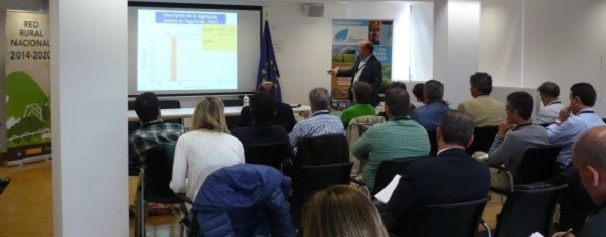
03 de November de 2016
The latest technological developments in irrigation management are presented to members of industry companies, irrigation associations, management authorities, agricultural associations, and technological institutes. Geographic information systems, remote sensing, web applications, renewable energy installations, and software for integrated system control contribute to optimizing water and energy use.
03.11.2016
The workshop on "Innovation in Irrigation Management through the Application of New Technologies," held at MAPAMA on November 3 by the National Rural Network (RRN) in collaboration with the General Subdirectorate of Irrigation and Water Economy, was very well received by the thirty participants. Representatives from sector companies, irrigation communities, management authorities, agricultural associations, and irrigation technology institutes attended.
At the opening ceremony, José Eugenio Naranjo, Deputy Director General of Irrigation and Water Economy at MAPAMA, highlighted the importance of applying new technologies in the face of the new era of climate change and increased demand for agricultural products, realities that require greater production with fewer resources through the use of new technologies and renewable energy.
The presentation of the Agroclimatic Information System for Irrigation (SiAR) application was led by Raquel Bravo Rubio, of the General Subdirectorate of Irrigation and Water Economy of MAPAMA. She explained that this free application, developed by the Subdirectorate, promotes the optimization of water and energy use, promoting the economic, social, and environmental sustainability of irrigation by advising irrigators, providing relevant agroclimatic information, and irrigation estimates. This mobile application can be downloaded from the MAPAMA website .
Alfonso Calera Belmonte, from the Regional Development Institute of the University of Castilla-La Mancha, gave his presentation on "Remote sensing in water resources management, national and plot level", using SPIDERwebGIS®, a web-based tool that provides multiple users with information on irrigated areas and their water balance, in order to contribute to improving the efficiency of irrigation water use, thanks to the collaboration that has existed for the development of the SPIDER-CENTER project with the Subdirectorate General of Irrigation and Water Economy since 2010. The information can be consulted free of charge on this website .
The modernization of irrigated areas requires more energy consumption for irrigation, as stated by Jorge Jové Sandoval of the Regional Energy Authority of Castilla y León (ERENCyL). In his presentation "Photovoltaic Self-Consumption in Irrigation: Regulation," he indicated that the use of solar photovoltaic installations, in addition to being inexpensive, is key to reducing energy costs for irrigation and is compatible with irrigation, because greater sun exposure leads to greater demand for water, but also greater energy production. The speaker described the regulatory framework for solar photovoltaic installations, analyzing the different possibilities available for reducing costs in self-consumption (disconnecting from the grid and duplicating and/or isolating electrical installations), as well as the advantages and disadvantages of each option.
Alfredo Antonio de Castro, manager of RiegoSolar, gave a presentation on "High-power solar pumping at constant pressure and flow." He explained the use of software for comprehensive control of the entire system: solar generator, pumping, and irrigation sectors of all types, even on large farms, such as the Justino Medrano farm in Tordesillas (Valladolid), where they have reduced irrigation costs by more than 75%, as well as CO2 emissions from pumping.
More information available at this link











